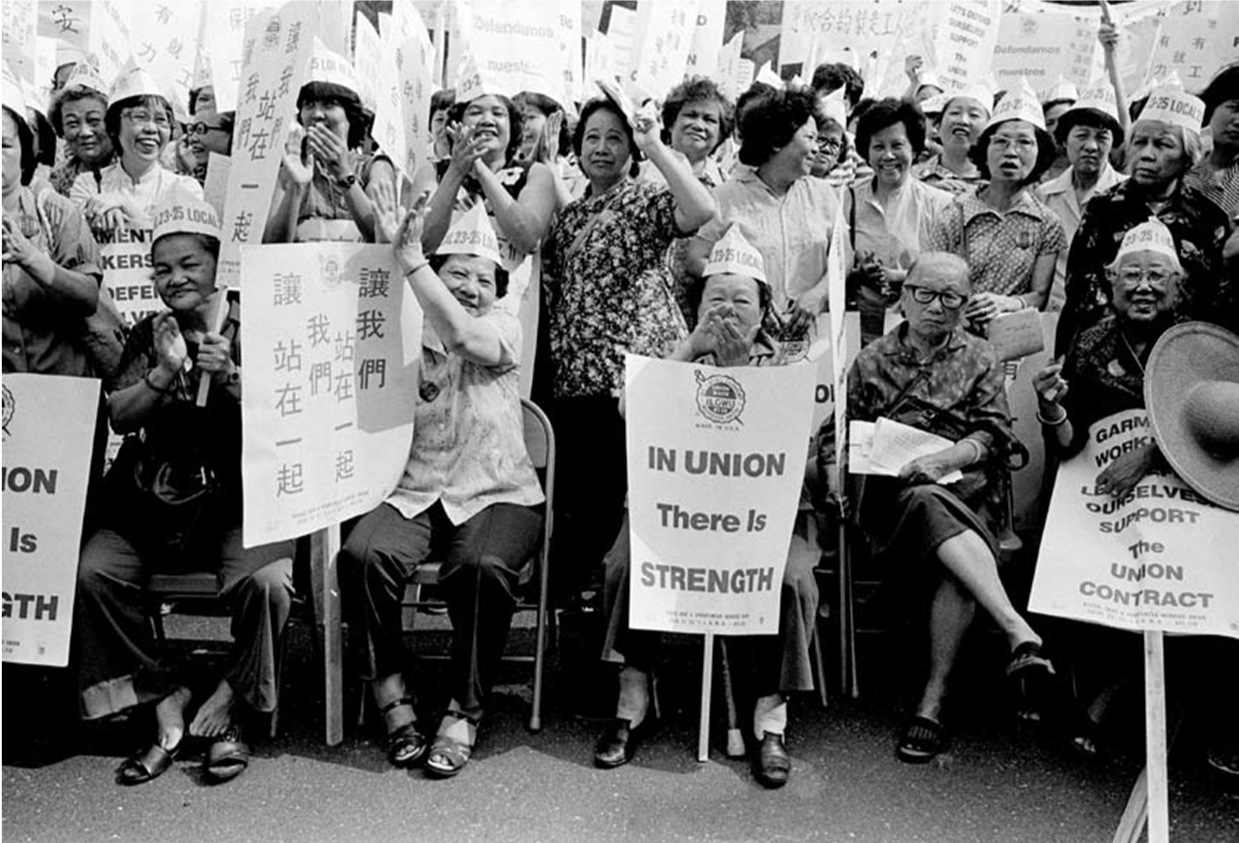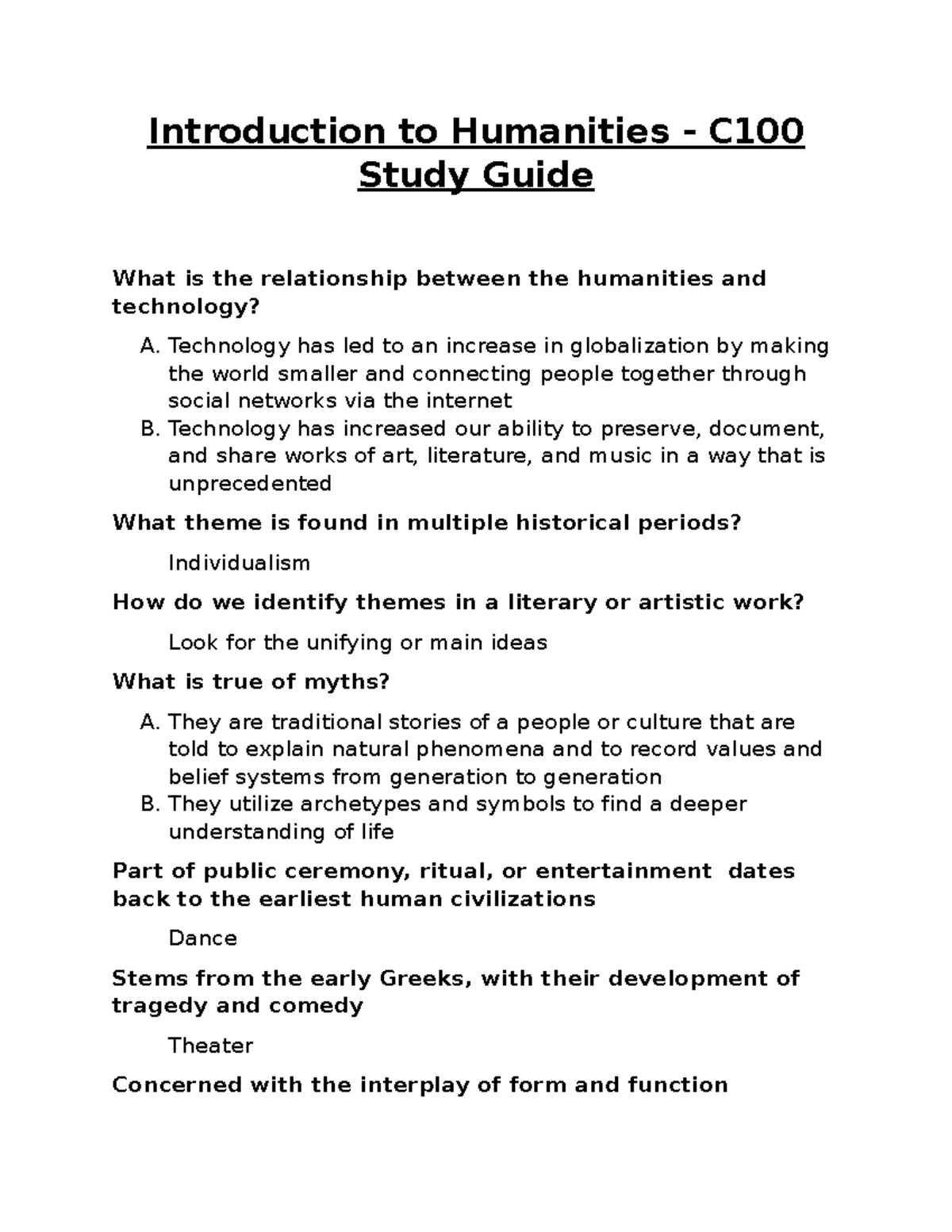Asian American Women’s History is a vital yet often overlooked aspect of America’s broader historical narrative. Exploring the contributions and struggles of Asian American women reveals deep-seated stories that have shaped the nation’s cultural landscape. Notably, the Schlesinger Library exhibit, “Illuminate: Contextualizing Asian American Women’s Stories Through the Archives,” highlights the resilience and agency of these women through artifacts that span 150 years. From Ainu and Visayan women’s representation at the 1904 St. Louis World’s Fair to contemporary voices, the exhibition sheds light on the complexities of Asian women’s stories. By emphasizing the history of Asian women, it challenges viewers to recognize their significant roles within American society and history, which often remains invisible.
The rich tapestry of Asian American women’s experiences contributes to a nuanced understanding of their involvement in U.S. history. This historical exploration underlines the importance of recognizing the narratives that have frequently been marginalized or excluded from mainstream discourse. A recent exhibit at the Schlesinger Library seeks to illuminate these alternative narratives, presenting Asian women’s stories alongside pivotal events such as the Chinese Exclusion Act and Japanese American internment. The project not only reflects on historical figures but also illustrates how the dynamic roles of women like the Ainu and Visayan from the past resonate with contemporary Asian American women today. This examination encourages a reevaluation of how these narratives influence our understanding of justice, community, and the ongoing fight against erasure.
The Untold Stories of Asian American Women
The rich tapestry of American history is incomplete without recognizing the vital contributions of Asian American women. For too long, their stories have gone unnoticed, relegated to the margins of both social narratives and archival collections. The recent exhibition at the Schlesinger Library highlights how these women’s journeys not only shape Asian American history but also reflect broader societal dynamics. This effort underscores the importance of raising awareness about their influence in various spheres, including education, the arts, and activism.
Exploring the stories of Ainu and Visayan women, whose images recently resurfaced in the Schlesinger Library exhibition, illuminates the complexities of identity and representation. These women, often portrayed as ‘living exhibits’ at the 1904 St. Louis World’s Fair, symbolize the multifaceted experiences of Asian women. Their narratives challenge us to reconsider the erasure and hyper-visibility that often accompany Asian American women’s histories, revealing the need for deeper engagement with their past and present.
Highlighting Ainu and Visayan Women’s Contributions
The Ainu and Visayan cultures offer remarkable insights into the diversity of Asian women’s histories. At the Schlesinger Library exhibit, their stories serve as a poignant reminder of the rich legacies that exist beyond dominant historical narratives. By showcasing these women, we can address how often their identities were overshadowed by colonialism and societal perceptions, pushing these vital stories to the sidelines. Their participation in events such as the 1904 World’s Fair raises critical questions about agency and representation in historical contexts.
Efforts to preserve and honor the legacies of Ainu and Visayan women not only enrich our understanding of Asian American history but also encourage contemporary discussions about identity and cultural heritage. As we examine these narratives, we recognize the importance of intersectionality, which reveals how issues of race, gender, and class intertwine in the stories of Asian women. The Schlesinger Library exhibit is a powerful testament to the stories that remain to be uncovered and shared.
The Role of Archives in Uncovering History
Archives play a crucial role in preserving the histories of marginalized communities, particularly those of Asian American women. Curators like Victor Betts emphasize the need for diligent archiving to ensure that these narratives are not just accessible but also recognized as integral parts of American history. The Schlesinger Library’s collection illustrates how archivists are working to recover and amplify these voices, bridging the gap between past invisibility and present visibility.
The collaborative efforts seen in the Schlesinger exhibit highlight how students and archivists come together to explore the histories of Asian and Asian American women. Courses focused on Asian American women’s history empower students to engage directly with archival materials, ensuring that these stories don’t fade into obscurity. By actively participating in this scholarly work, students contribute to the larger movement of reclaiming historical narratives from the margins and placing them at the forefront.
Asian Women’s Stories: A Rich Tapestry
The narratives of Asian women are diverse and multifaceted, encompassing a wide array of experiences, cultures, and histories. As the Schlesinger Library exhibit unfolds these rich tapestries, it becomes clear that understanding Asian women’s stories is crucial to grasping the larger picture of American history. Recognizing their struggles and triumphs challenges how we view societal constructs and highlights the resilience of these communities against a backdrop of adversity.
Additionally, the exhibition contextualizes these stories within historical events such as the Chinese Exclusion Act and Japanese American internment. By aligning individual narratives with broader political and social movements, the exhibition encourages viewers to reflect on the systemic issues that have led to the marginalization of Asian women’s voices, positioning them within the landscape of American history that continues to evolve.
The Importance of The Schlesinger Library Exhibit
The Schlesinger Library’s ‘Illuminate: Contextualizing Asian American Women’s Stories Through the Archives’ exhibit stands as a critical platform for education and awareness. By showcasing artifacts that detail the lives and contributions of Asian American women, it invites audiences to engage with a narrative that has historically been overlooked. This initiative not only celebrates the achievements of these women but also fosters a dialogue about the implications of their erasure in mainstream discourse.
Through art and archival materials, the exhibit constructs a visual and intellectual space that encourages reflection on Asian American women’s roles throughout history. The involvement of students in the curation process exemplifies a model of collaboration that inspires future historians and educators to further pursue the exploration of these narratives. By framing Asian American women’s stories within our understanding of collective history, we acknowledge their vital presence in shaping the social fabric of America.
Exploring Colonial Legacies in Asian American Women’s History
The exhibition’s focus on historical artifacts reveals underlying colonial narratives that have shaped the representation of Asian women in American society. Photos of Ainu and Visayan women, categorized as curiosities during the 1904 World’s Fair, challenge us to consider how colonialism influenced perceptions of Asian cultures and identities. Such a critical examination reminds us of the complex and often painful history that these women endured, encouraging contemporary audiences to question current stereotypes and narratives.
Students participating in the exhibition have been encouraged to undertake research that highlights these colonial legacies, drawing connections to modern parallels in media and public discourse. This investigative work is crucial for understanding how historical injustices continue to inform contemporary issues faced by Asian American women today. By uncovering and addressing these legacies, we are better equipped to advocate for greater representation and equity in historical scholarship.
Educating Future Generations on Asian American Women’s Contributions
Educating young scholars about Asian American women’s histories is a vital step toward ensuring that these stories are preserved and respected. The Schlesinger Library’s collaborative course model presents an innovative approach to teaching these narratives, merging archival research with active learning. By engaging students directly in the process of discovering and documenting Asian women’s stories, educators help cultivate a new generation of historians committed to inclusivity and representation.
Moreover, this educational endeavor emphasizes the importance of recognizing historical contributions that may otherwise be forgotten. As students study various artifacts and engage with primary sources, they develop a greater appreciation for the complexities of Asian American women’s experiences. This foundational knowledge is essential in fostering advocacy for more comprehensive historical narratives that honor all voices.
The Need for Continued Archival Efforts
Archival work focused on Asian American women is essential for preserving their stories and ensuring they are not lost to time. The Schlesinger Library’s ongoing commitment to expanding its collection of materials related to Asian and Asian American women signifies a realization of the gaps that exist within conventional historical archives. This dedication to inclusion and representation is pivotal in crafting a more nuanced understanding of American history.
In addition to recovery efforts, the need for proactive institutional support in archiving Asian American women’s stories is clear. This involves advocating for funding and resources dedicated to collecting and preserving these narratives, while also training archivists to approach their work with cultural sensitivity. As more communities recognize the importance of these histories, the push for inclusion in archival practices will only strengthen, paving the way for a more equitable historical narrative.
Reflecting on Asian American Women’s History Today
As we reflect on the significance of Asian American women’s history in contemporary society, it’s crucial to analyze how their stories intersect with current social justice movements. The history of these women is deeply intertwined with broader themes of immigration, identity, and activism, making their narratives relevant to ongoing discussions about equity and representation. The Schlesinger Library exhibit serves as a reminder that learning from the past is essential in understanding the present complexities faced by Asian communities.
Engaging with these histories provides an opportunity for collective healing and growth. Fostering awareness of the erasure that Asian American women have experienced encourages an active dialogue about their contributions to society. By not viewing Asian American women’s history as isolated or marginal, we enrich our understanding of what it means to be American and forge connections that inspire action toward a more inclusive future.
Frequently Asked Questions
What is the significance of Asian American women’s history in the Schlesinger Library exhibit?
The Schlesinger Library exhibit, titled ‘Illuminate: Contextualizing Asian American Women’s Stories Through the Archives,’ significantly highlights the often overlooked histories of Asian American women. By showcasing artifacts and narratives that span 150 years, the exhibit invites viewers to reconsider the roles and contributions of Asian American women in U.S. history.
How does the Schlesinger Library exhibit showcase the stories of Ainu and Visayan women?
The exhibit features photographs of Ainu and Visayan women who were displayed as ‘living exhibits’ at the 1904 St. Louis World’s Fair. These women’s stories are presented in the context of a broader discussion about Asian American women’s history, emphasizing their experiences and highlighting their previously marginalized narratives.
What themes are explored regarding Asian American women’s stories in the Schlesinger exhibition?
The Schlesinger exhibition explores themes of erasure, hyper-visibility, and the struggles of Asian American women throughout history. It connects various historical events, such as the Chinese Exclusion Act and Japanese American internment, to contemporary issues, thereby contextualizing the ongoing struggles against racism and sexism faced by Asian women.
How do Asian American women contribute to historical narratives according to the Schlesinger Library curators?
According to Victor Betts, the curator at Schlesinger Library, contemporary Asian American women are increasingly taking control of their narratives and sharing their stories on their own terms. The exhibition includes materials from well-known figures such as chefs Grace Zia Chu and Madhur Jaffrey, showcasing this evolution in storytelling.
What role did students play in the research and development of the Asian American women’s history exhibition?
Students from a spring undergraduate course collaborated with archivists to research and curate the exhibition. They explored archival materials to uncover significant but often neglected stories of Asian American women, promoting a deeper understanding of their historical impact and contributions.
What challenges faced Asian American women throughout history as detailed in the exhibition?
The exhibition highlights the significant challenges faced by Asian American women, including legal and social barriers evident in cases like that of Ah Fong, a Chinese woman whose legal action contributed to immigration law reforms. Such narratives reveal how systemic erasure and neglect have historically impacted Asian women’s visibility and voices.
Why is the Schlesinger Library’s exhibit titled ‘Illuminate’ and what does it symbolize?
The title ‘Illuminate’ symbolizes the act of shedding light on the ignored narratives of Asian American women. It reflects an intention to reveal the contributions and experiences of these women throughout history, inviting audiences to recognize and appreciate their vital roles in shaping American history.
How does the exhibition address the concept of erasure in Asian American women’s history?
The exhibition addresses the concept of erasure by revisiting stories of Asian American women that have been historically overlooked. It emphasizes the importance of acknowledging their contributions while critiquing the societal tendencies to silence or marginalize these narratives.
In what ways is Asian American women’s history presented alongside major historical events in the exhibition?
Asian American women’s history is presented in conjunction with major historical events such as the Civil Rights Movement, Japanese American internment, and modern issues like anti-Asian violence during the COVID-19 pandemic. This contextualization helps viewers understand the persistent struggles and resilience of Asian American women in relation to broader societal challenges.
What is the mission of the Schlesinger Library regarding Asian American women’s materials?
The mission of the Schlesinger Library includes expanding its collections related to Asian American women to ensure their stories are preserved and celebrated. This effort aims to enhance the understanding of how their histories are intertwined with the broader narrative of American history, advocating for equal recognition and scholarly focus.
| Key Point | Details |
|---|---|
| Exhibition Overview | The Schlesinger Library’s exhibit highlights the historical narratives of Asian American women through archival materials. |
| Historical Context | Showcases artifacts from the 1904 World’s Fair, emphasizing the unknown stories of Ainu and Visayan women. |
| Student Involvement | Undergraduate students collaborated on the project, exploring the themes of erasure and visibility of Asian American women’s stories. |
| Cultural Representation | The exhibition features various materials related to significant laws affecting Asian American women, including the Chinese Exclusion Act. |
| Future Directions | The library aims to expand its collection of Asian American women’s materials and encourages critical reflection on their historical narrative. |
Summary
Asian American Women’s History is crucial in understanding the broader narrative of American history, which often overlooks significant contributions by Asian American women. The Schlesinger Library’s exhibition “Illuminate” serves as a vital platform to re-examine these narratives, showcasing archival materials that highlight the often-invisible legacy of Asian American women. Through collaboration and education, the project aims to shed light on their stories, encouraging a more inclusive perspective of history that acknowledges the pivotal roles these women played in shaping cultural and social dynamics in America.



